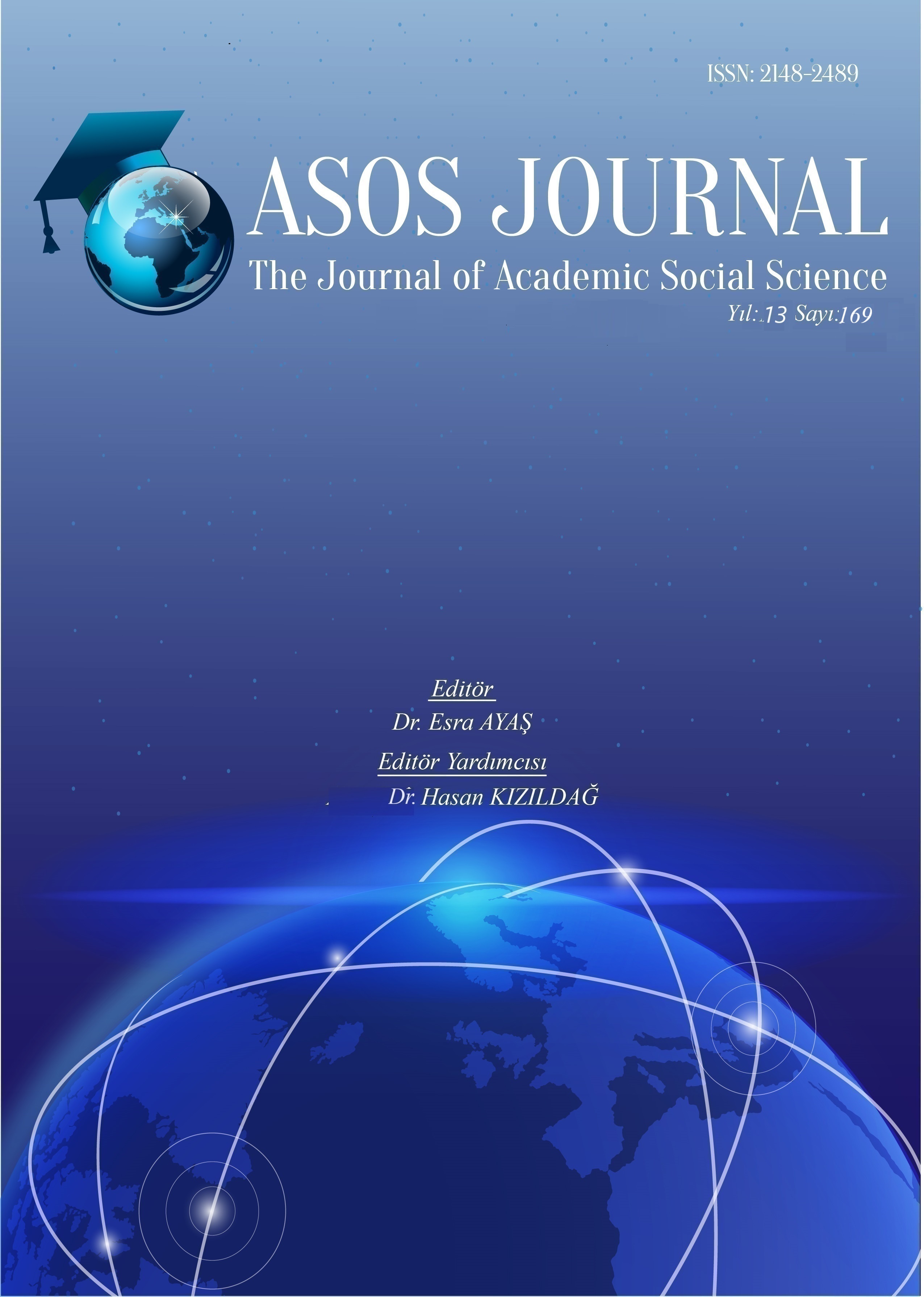Author :
Abstract
Bu çalışma, geleneksel ajur (delme) tekniğinin çağdaş seramik sanatındaki yeniden üretim biçimlerini, ABD’de yaşayan Mısırlı seramik sanatçısı Ibrahim Said’in eserleri çerçevesinde ele almaktadır. Ajur tekniği, tarihsel olarak işlevsel ve estetik amaçlarla çeşitli kültürlerde kullanılmıştır; ancak Said’in seramiklerinde bu teknik, sadece biçimsel bir uygulama değil, aynı zamanda kimlik, kültürel hafıza ve sanatçı öznesi üzerinden güncel bir ifade aracına dönüşmektedir. Gelenekten beslenen ama biçimsel ve düşünsel olarak çağdaşlaşan bu üretim dili, ajur tekniğinin kültürel sürekliliğini vurgularken, seramik yüzeyde yeni anlam alanları yaratmaktadır. Çalışma, hem tekniğin tarihsel gelişimini hem de günümüz sanat pratiklerinde aldığı biçimsel ve kavramsal dönüşümü irdelemeyi amaçlamaktadır.
Keywords
Abstract
This study examines the contemporary reproduction practices of the traditional ajoure (piercing) technique through the works of Egyptian ceramic artist Ibrahim Said, who currently resides in the United States. Historically, the ajoure technique has been utilized across various cultures for both functional and aesthetic purposes. In Said's ceramics, however, this technique transcends its decorative role to become a contemporary medium of expression shaped by identity, cultural memory, and the artist's subjectivity. Nourished by tradition yet redefined through contemporary formal and conceptual approaches, Said’s production language highlights the cultural continuity of the ajoure technique while creating new layers of meaning on ceramic surfaces. The study aims to explore both the historical development of the technique and its formal and conceptual transformation in contemporary art practices.





